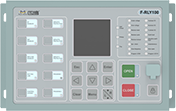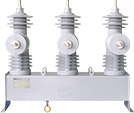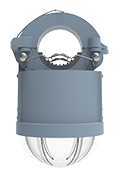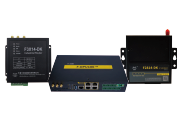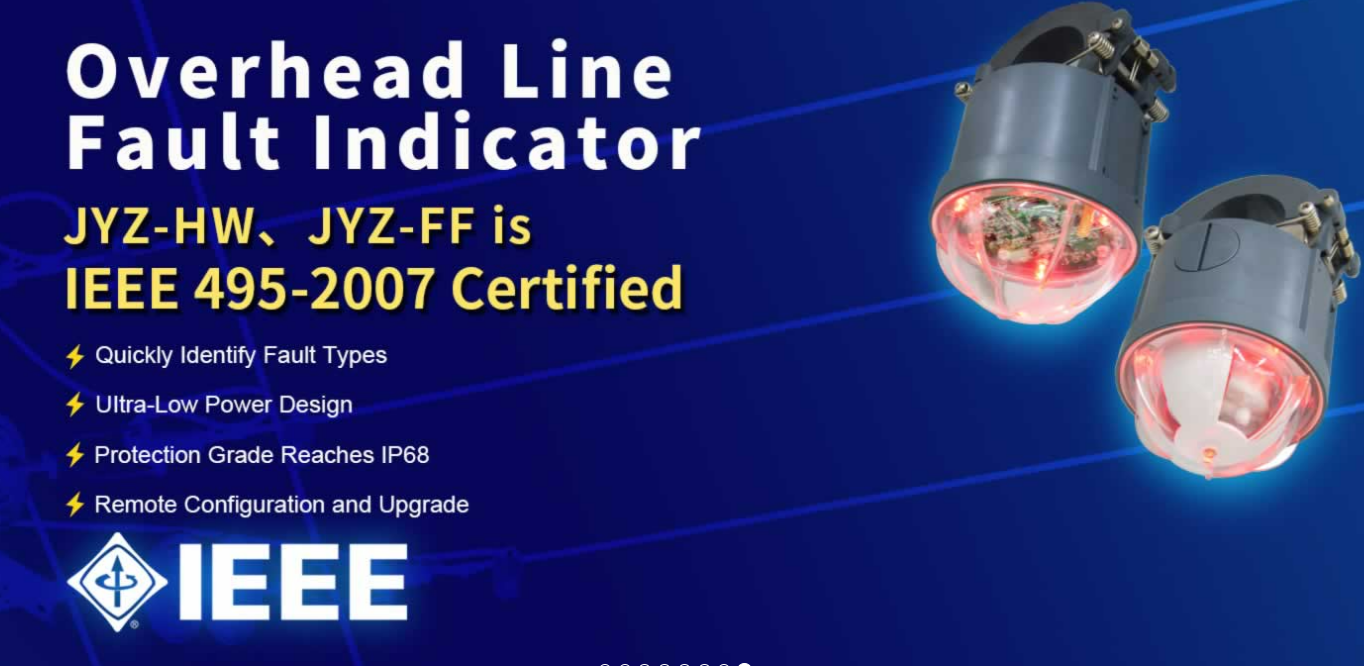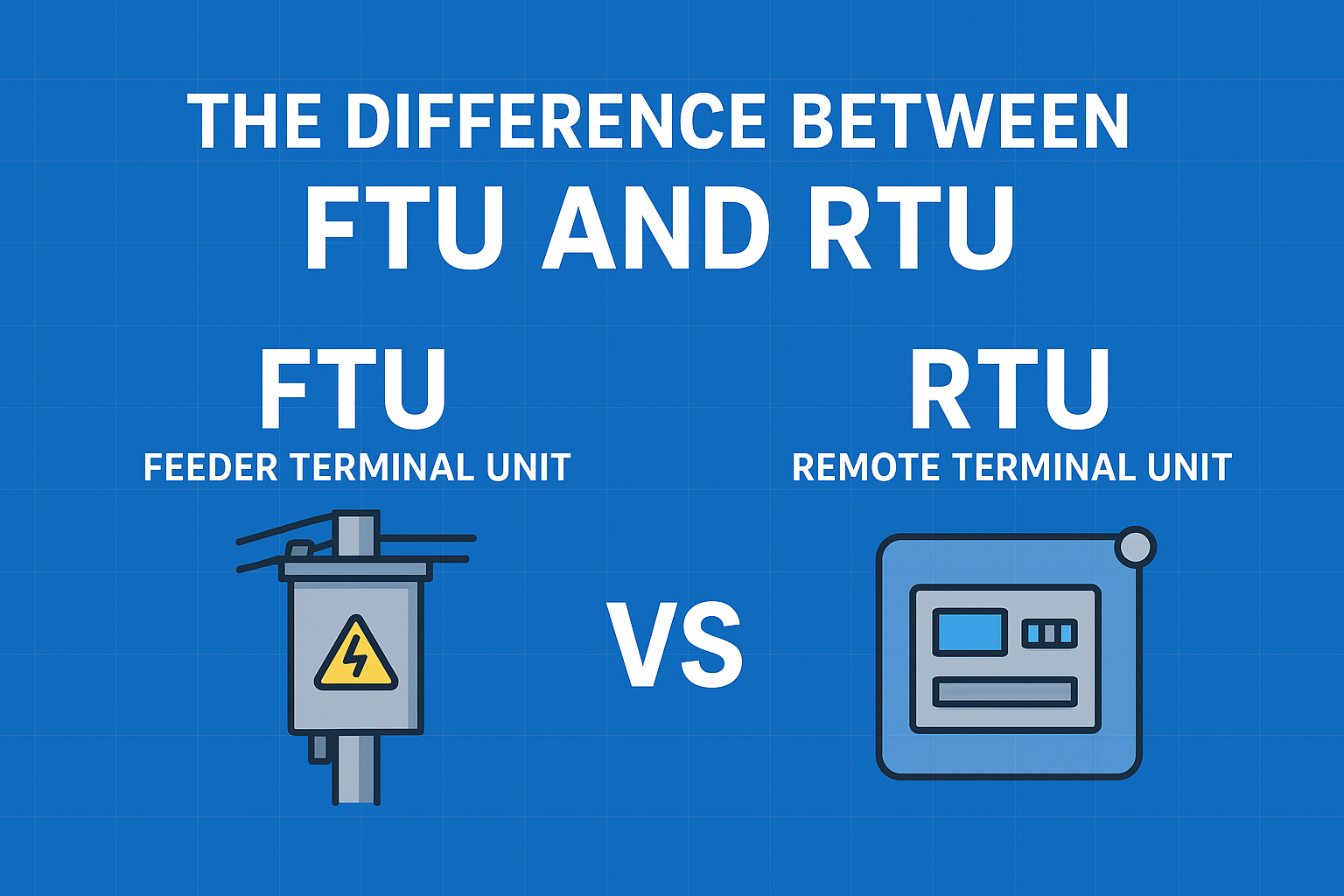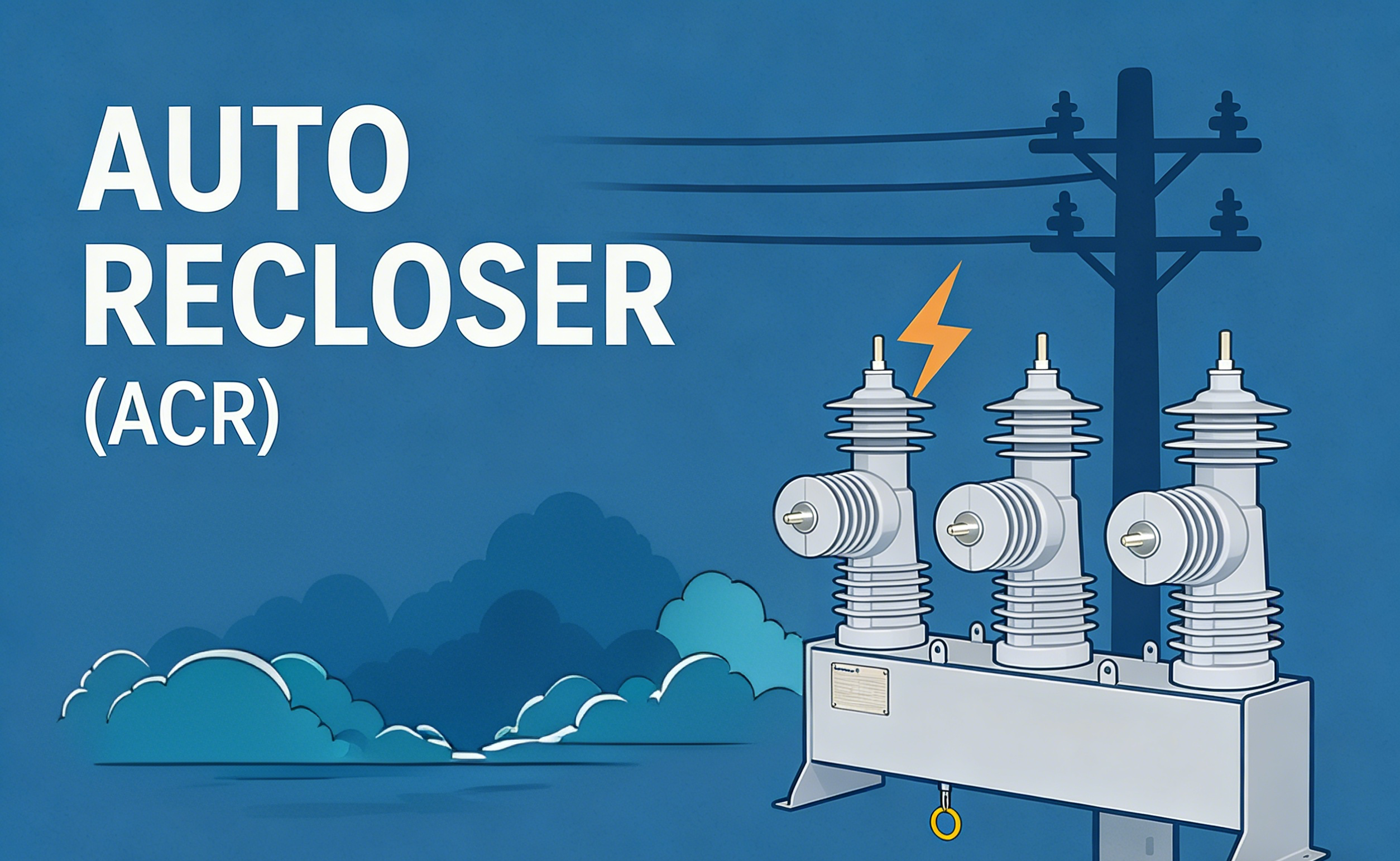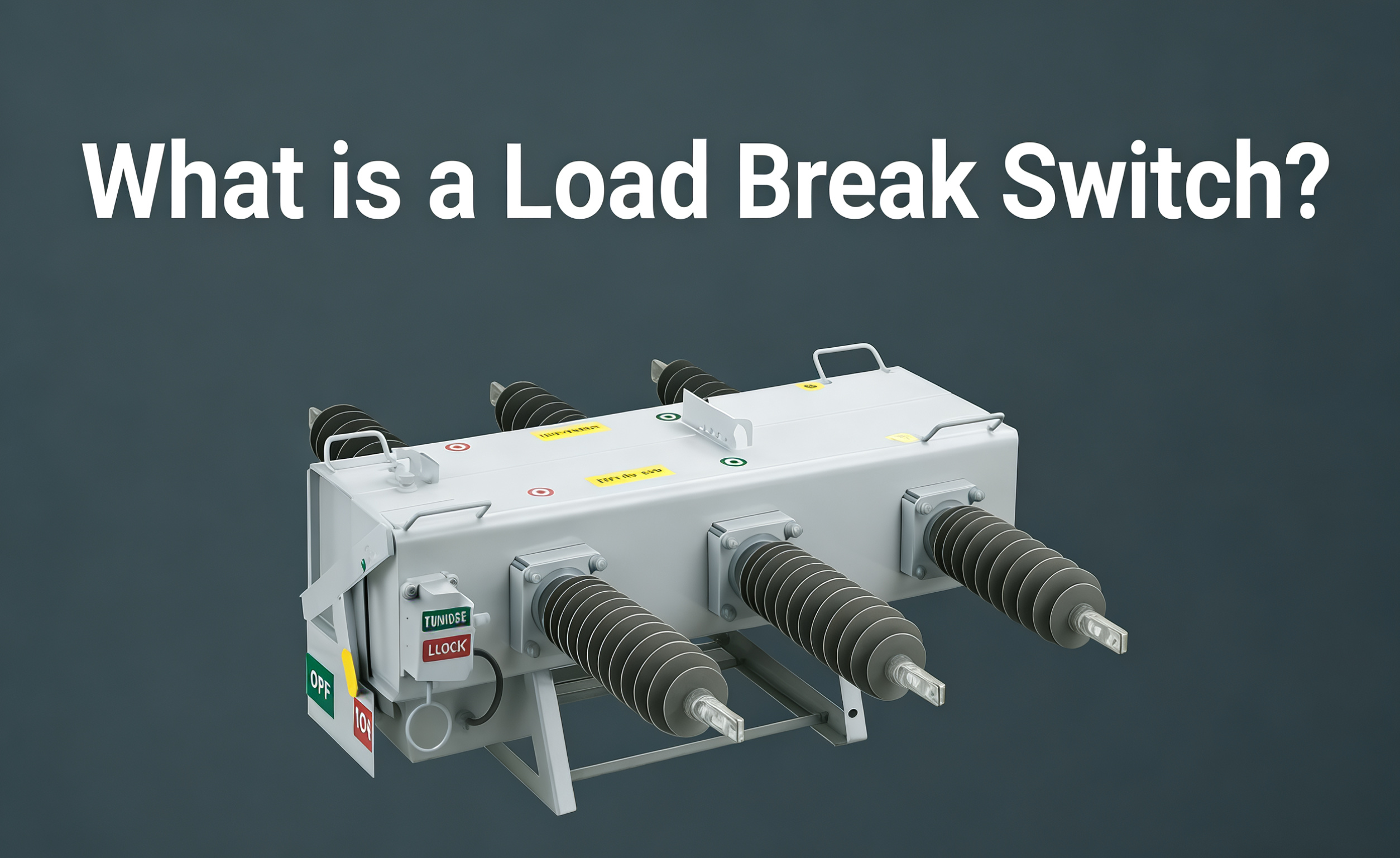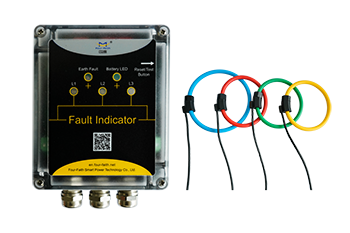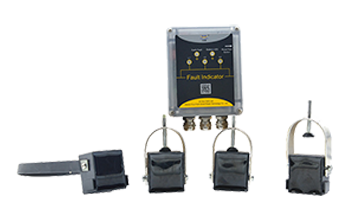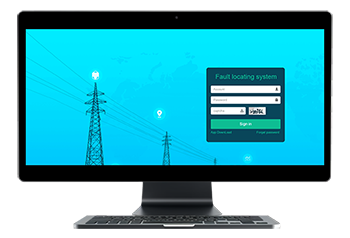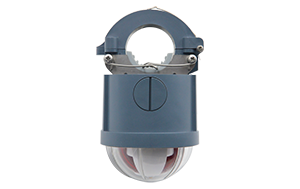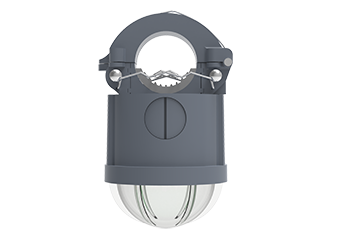News
How To Choose The Right Fault Indicator?
Date:2025-08-08
Are you still troubled by finding a quick fault location? Choose Four-Faith Smart Power. Today, we'll reveal the key points in fault indicator selection to help you avoid pitfalls!
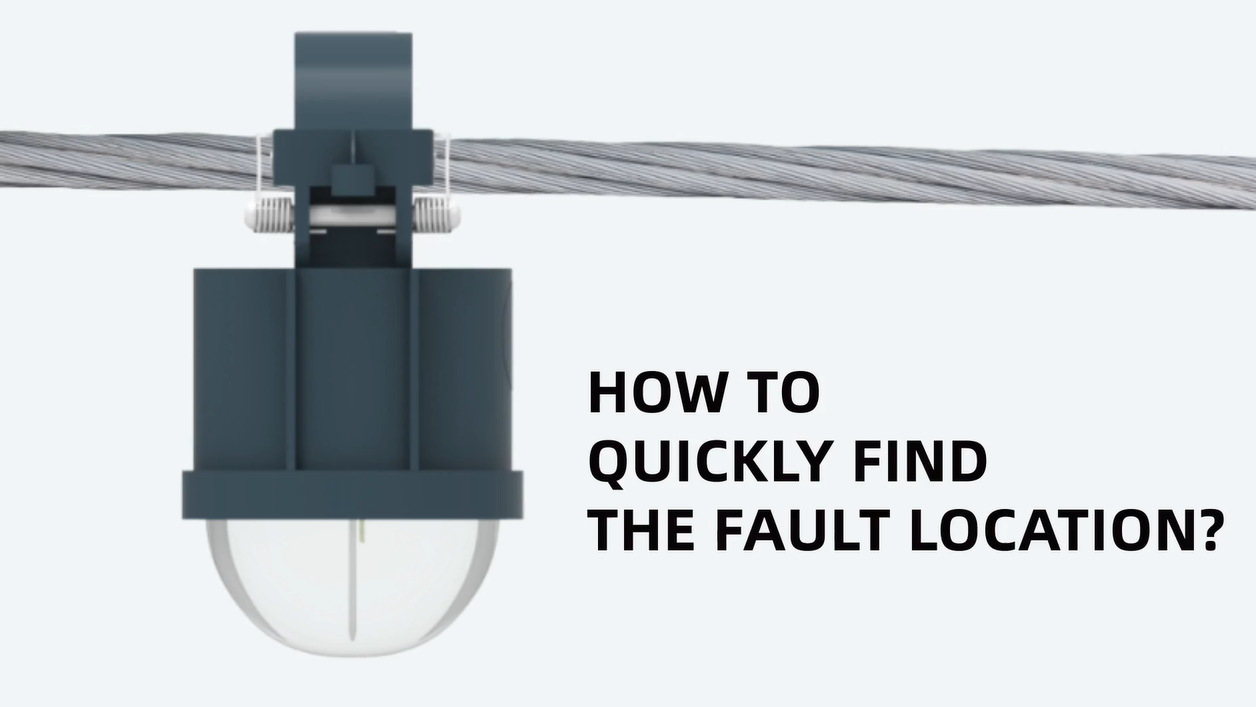
1. Examine the detection principle—choosing the right type ensures accurate alarms.
Myth: Are all fault indicators the same?
Truth: Different principles are suitable for different scenarios!
1) Short-circuit detection: Suitable for distribution lines. Requires dual current change (ΔI/Δt) detection to avoid false alarms.
2) Ground fault detection: Requires detection of zero-sequence current or transient signals. Suitable for systems without direct grounding (such as 10kV distribution networks).
3) Comprehensive (short-circuit + grounding): Suitable for complex power grids, but more expensive.
Recommendation: Four-Faith intelligent fault indicators offer short-circuit, grounding, and comprehensive intelligent fault indicators to meet the needs of different scenarios.
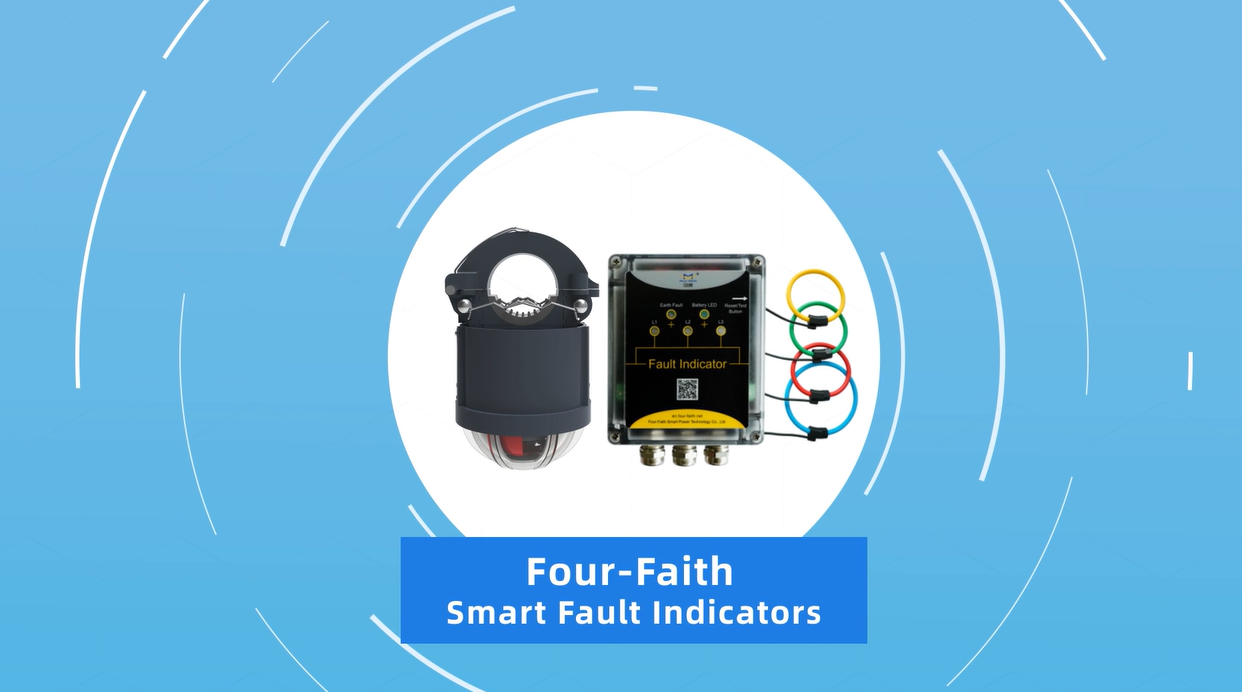
2. Consider Accuracy and Interference Resistance—Avoid False Alarms
Myth: As long as it's cheap and lights up, it's fine.
Truth: Low-end products are susceptible to interference and lack reliability!
Recommendation: The Four-Faith Intelligent Fault Indicator boasts an accuracy of ±1% and has passed EMC interference testing, making it suitable for harsh outdoor electromagnetic environments.
3. Consider the Installation Method—Quick Installation or Long, Lengthy Installation?
Myth: Just buy anything that works?
Truth: The installation method directly impacts the user experience!
Snap-on Installation: No power outage required, simply clip onto the cable and install in 3 minutes (recommended!).
Screw-on Installation: Requires power outage and is complex.
Recommendation: Four-Faith fault indicators support hot-rod installation, eliminating the need for power outages. They are particularly suitable for upgrading older distribution lines to intelligent systems!
4. Check the communication function—can it be monitored remotely?
Myth: Is an alarm light enough?
Truth: Manual inspections are inefficient; intelligent systems are the trend!
Non-communication models: Only local audio and visual alarms are activated, requiring on-site inspection (lower price, but lower efficiency).
Wireless models (4G/NB-IoT): Remotely push alarm information and support mobile app/PC management.
Recommendation: For those requiring intelligent O&M or smart grid transformation in the future, choose the Four-Faith Intelligent 4G Wireless Communication Fault Indicator!
5. Consider the brand and after-sales service—don't buy generic, "disposable" products!
Myth: Buy whatever's cheaper?
Truth: Generic products have a short lifespan and lack after-sales service!
Brand Guarantee: Four-Faith Intelligent Fault Indicator is an IEEE standard brand certified by TUV laboratories.
Technical Support: Four-Faith provides installation guidance and troubleshooting services.
Ultimate Buying Guide:
General Power Distribution Lines: Short-Circuit Detection + Clip-On Installation + Local Alarm
Smart Grid Transformation: Comprehensive Model + 4G Communication + High-Precision Detection
Harsh Environments (Mines, Oilfields): Wide-Temperature Range + IP68 Protection + Anti-Interference Design
In short: When choosing a fault indicator, the most important factor isn't the price, but rather the right fit for your needs, high reliability, and ease of maintenance! Have you figured it out?
Limited-time offer!
Get a free copy of the Four-Faith Fault Indicator Selection Manual
https://www.fourfaithpower.com/up/2025/08/08/1754621081977659.pdf
The first 50 inquiries will receive one-on-one selection guidance from a technical expert!
Contact us now: +86 17750019379
Website: www.fourfaithpower.com
Email: business@four-faith.com

